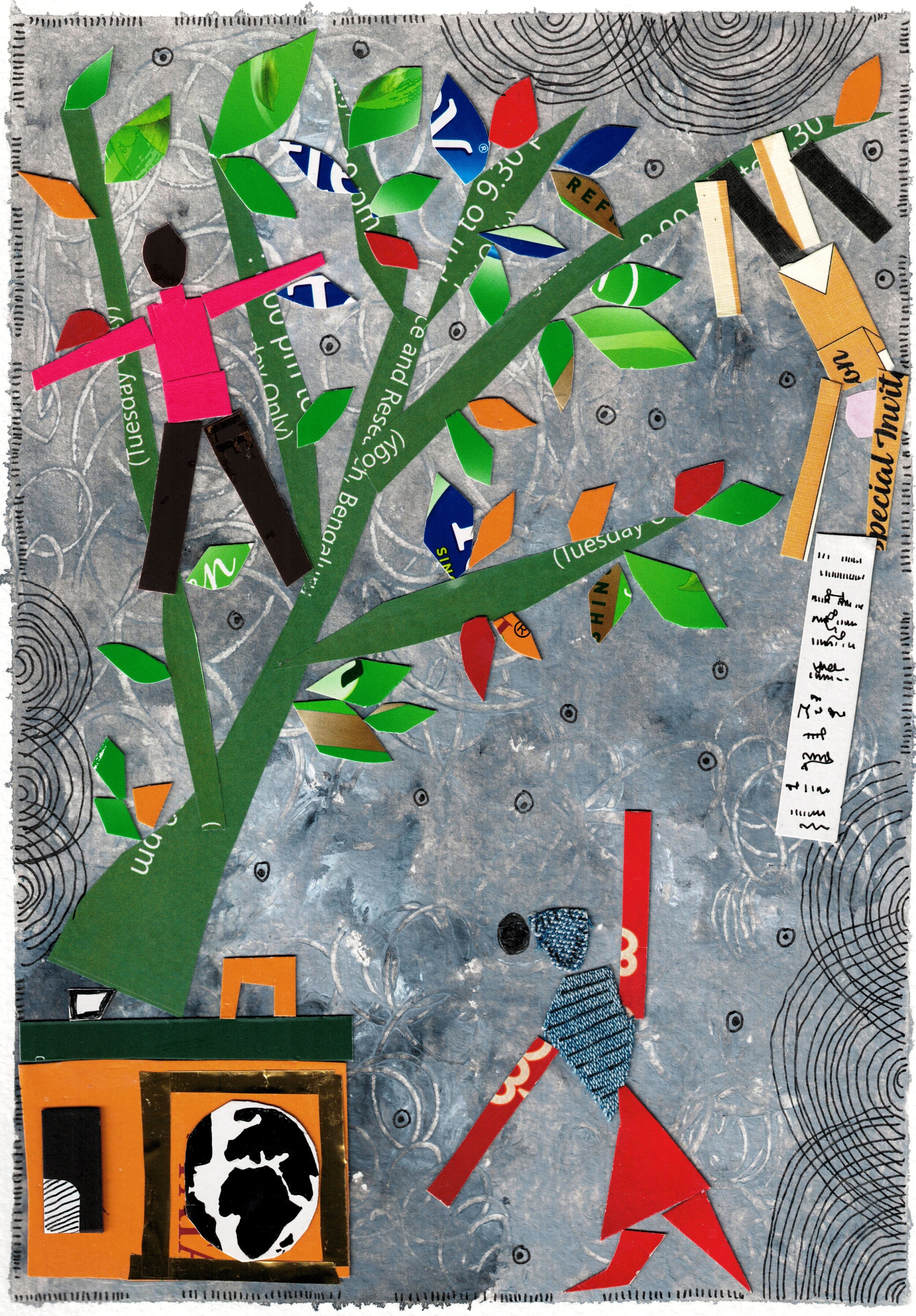Rushay's Story
I come from the Eastern Cape of South Africa, which is one of South Africa's poorest regions. Social ills are rampant here. This is also the part of the planet that has produced people like Nelson Mandela, Steve Biko and David Stuurman, so some might say that activism runs in our veins.
Growing up in Apartheid South Africa, I saw plenty of segregation and race-based discrimination. As a youngster, I always wondered how life was on the “other side” of the racial divide. My curiosity led me to explore racial politics, which first prompted me to try to understand my own unique makeup, and then to think critically about the way we conceptualise race, and about what I could do to change it. That’s when I decided I had to use my voice to challenge stereotypes and speak out against erasure.
Photography became an outlet. I started a portrait series on Coloured (Mixed race) people because it is often difficult to explain being Coloured to the world. I wanted to show that we are just like everyone else in spite of our diversity, and I slowly started by capturing images of faces. Eventually, it was exhibited internationally, and I even presented a few of the photos at the Los Angeles “Mixed Race Conference” some years ago. The best part was that the portraits became inspiration for a documentary later, which led to dialogue and several presentations around the world, and was ultimately included in the curriculum at several universities across the United States.
I always try to fuse my art with education to address broader issues in my community. I have a keen eye and an immense love for various mediums of artistic expression, and I believe in combining art and education because they complement each other. For example, if there is an educator who wants to communicate his ideas in an impactful way, he might work with a musician to create a performance for him, designed to establish a more meaningful engagement and ensure those ideas will be fully absorbed. People reach out to me about projects like this, and I have happily connected many individuals of various backgrounds in order to help. Most of these projects are happening without any formal assistance from either the State or the private sector, so that is where I believe I should step in.
Another example of this is the “One Blood” festival, which happens every year in my hometown of Port Elizabeth. My role is to be a mediator and establish connections for collaboration. This festival was created by a friend of mine, and it was initially conceived to showcase local artists and introduce them to our community. As my contacts in the education sector increased, however, I saw an opportunity, and asked my friend if the kids from the surrounding townships could participate. He agreed, and now One Blood is a fantastic place to engage with young people from the community, using diverse forms of art to address various issues that affect them. One year, for example, these kids put up a street theatre performance highlighting the violence against women and children in our society, helped by an instructor from New York who volunteered her time. Over the years, these collaborations have proven to influence the young population in a positive manner. Consequently, I am now working on a conference that fuses traditional African music with new urban sounds.
I think it is important for all of us to remember that any role you take up for your community has a significant impact. We have the tendency to look for immediate outcomes, but in most cases, we won’t see them right away. Change takes time, so just continue doing good work and planting the seeds—they will surely bloom someday. Remember, too, that people will always stand by you when they discover that you are doing something to make their lives better. It can be difficult to get support from governments and institutions, but many people will use their own networks to help you out. I have learned, from experience, that word of mouth is a very powerful thing.
Artist Notes
“There is a small camera in the bottom right of this illustration. Because the hero of this story starts his activism with photography, it becomes the root of the giant tree eventually. The camera has a small world map, which symbolises Rushay looking and exploring the world through the camera lens. The tree represents the One Blood Festival, where children are just having fun dancing, reciting poetry and combining art and education in a very fun way. The background represents gloom, which is being fought in a peaceful manner to make the world more beautiful.”
Published Jan 1, 2020
Updated Aug 22, 2023
Published in Issue IV: Activism













